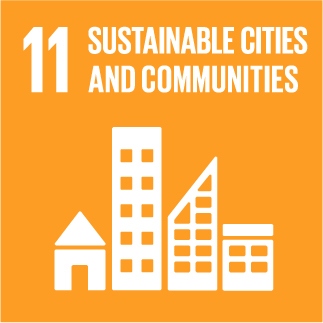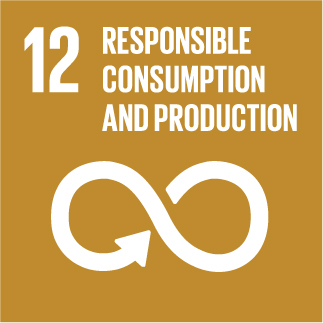URBANREC
Valorization of pineapple peel waste and sisal fiber: Study of cellulose nanocrystals on polypropylene nanocomposites
AbstractThe present study focuses on the isolation and characterization of the cellulose nanocrystals (CNCs) from the pineapple peel waste (PPW) (agro?waste) and sisal fiber (SiF) (natural fiber) employing the acid hydrolysis method, and its comparison with the commercially available CNCs (CNC?C). Furthermore, the CNCs from PPW, SiF, and CNC?C were subjected to transmission electron microscopy (TEM), Fourier transform electron microscopy, X?ray diffraction, particle size distribution, and zeta potential analysis. The studied properties of the isolated CNCs are considerably different from the PPW and SiF. The CNCs so formed have been estimated by TEM to be around 10–40?nm wide and length of several micrometers. Fourier transform electron microscopy studies described the removal of the noncellulosic components like lignin, hemicellulose, and pectin substances from the base materials in both the cases by employing acid hydrolysis method. Additionally, nanocomposites of CNC isolated from PPW along with polypropylene (PP) matrix were fabricated using melt blending method followed by injection molding. Maleic anhydride grafted PP (MAPP) acts as a compatibilizer for improving the dispersibility of hydrophilic CNC within the nonpolar PP matrix. The addition of CNC (3?wt%) along with MAPP at 5?wt% showed optimum tensile strength and modulus to the tune of 10.39 and 25.53%, respectively, when compared to their counterparts without MAPP. Dynamic mechanical analysis revealed an increased stiffness of PP in its nanocomposite system due to the addition of CNC. Scanning electron microscopy studies revealed uniform distribution of CNC within the nonpolar PP matrix in the presence of MAPP.

» Author: Jyoti Agarwal, Smita Mohanty, Sanjay K. Nayak
» Reference: doi:10.1002/app.49291
» Publication Date: 06/04/2020
» More Information

This project has received funding from the European Union's Horizon 2020 research and innovation program under grant agreement Nº 690103




URBANREC Guidelines by URBANREC Consortium is licensed under a Creative Commons Reconocimiento-NonComercial-NoDerivatives 4.0 Internacional License.
Puede hallar permisos más allá de los concedidos con esta licencia en www.aimplas.net
